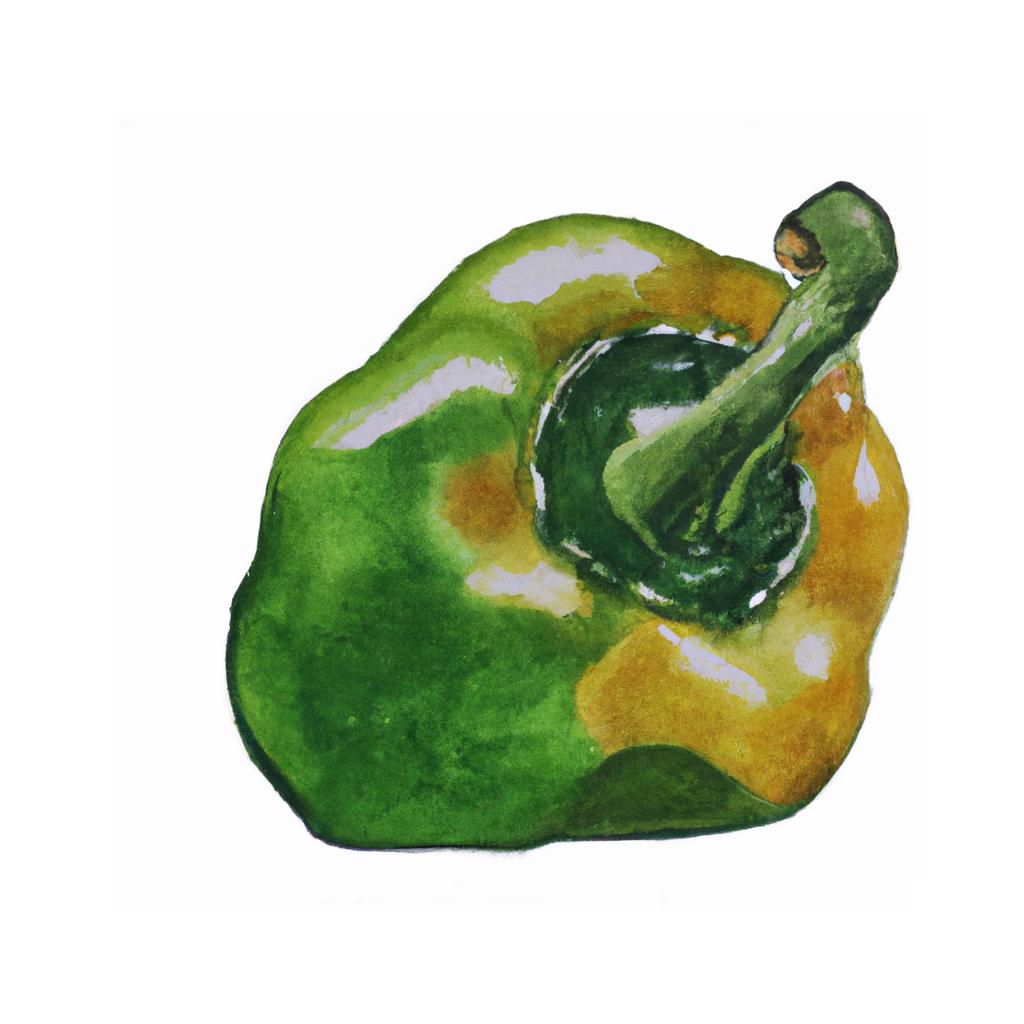
Bell peppers, scientifically known as Capsicum annuum, are a popular vegetable native to Central and South America. They come in different colors, including green, red, yellow, and orange. Bell peppers are part of the nightshade family, which also includes tomatoes, potatoes, and eggplants. Interestingly, these vegetables are technically classified as fruits, as they develop from the flowering plant's ovary and contain seeds.
Bell peppers have been cultivated for thousands of years, with evidence of their use dating back to 5000 BC in Mexico. Christopher Columbus is credited with bringing bell peppers to Europe during his expeditions, where they became a popular ingredient in various cuisines. Over the centuries, bell peppers have been bred for their desirable traits, such as size, color, and sweetness.
Nutritionally, bell peppers are a rich source of vitamins and minerals, particularly vitamin C, A, E, B6, and K1, as well as potassium and antioxidants. Red bell peppers boast the highest nutritional content, with significantly more vitamin C and beta-carotene than their green counterparts. Moreover, bell peppers have a low calorie count and make for a healthy addition to any diet.
Bell peppers are incredibly versatile in the culinary world, often featuring raw as well as cooked in various dishes. You could find them in salads, stir-fries, soups, stuffed, roasted, or grilled. They complement many flavors and form an essential ingredient in several cuisines, including Mexican fajitas, Spanish paella, Italian ratatouille, and Greek moussaka. Due to their natural sweetness, these veggies pair well with a variety of ingredients like onions, tomatoes, garlic, cheese, and various meats.
When growing bell peppers in your garden, it's important to choose a sunny location and well-draining soil. They thrive in warm temperatures, between 70°F and 85°F (21°C - 29°C), and can be grown from seeds or transplants. Starting bell peppers indoors before transplanting them outside after the last frost helps ensure a successful yield. Patience is key when growing these plants, as they may take anywhere between 60 and 90 days to reach maturity.
This is advice is most applicable to growers in the UK, you may need to adjust the timings if you live somewhere with a different climate and/or seasons.
| Month | Tasks | Advice |
|---|---|---|
| January | sow indoors, | Sow bell pepper seeds indoors and keep them in a warm location to ensure successful germination. |
| February | sow indoors, | Continue sowing bell pepper seeds indoors and maintain a consistent temperature for the seedlings to thrive. |
| March | - | - |
| April | transplant seedlings into small pots, start hardening off seedlings, | Transplant seedlings into small pots and begin hardening them off by gradually introducing them to outdoor conditions. |
| May | plant out, harden off seedlings completely, | Plant out hardened-off bell pepper seedlings in their final growing location, ensuring the soil has warmed up and there is no risk of frost. |
| June | maintain even watering, apply mulch to retain moisture, | Keep the soil consistently moist but not waterlogged, and apply mulch around the plants to help retain moisture and suppress weeds. |
| July | maintain even watering, harvest when peppers reach desired size, | Continue to water and maintain plants, harvesting bell peppers as they reach your desired size and color. |
| August | maintain even watering, continue harvesting, | Keep watering the plants and enjoy a continuous harvest of bell peppers throughout the month. |
| September | maintain even watering, finish harvesting before first frost, | Continue to water and harvest bell peppers, making sure to pick any remaining fruits before the first frost of the season. |
| October | - | - |
| November | - | - |
| December | - | - |